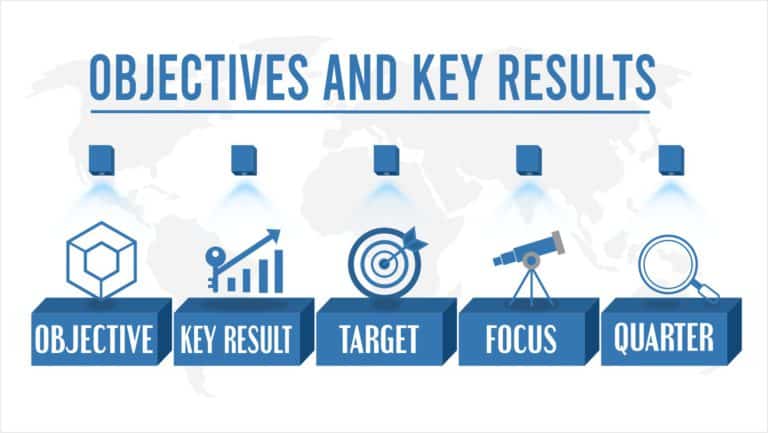
The process we go through in our business journey can sometimes be overwhelming. Looking back and reflecting on past mistakes can only get us so far. The real progress is looking ahead and charting our next steps systematically and robustly. Business goal setting is a tool that businesses use to get to the next level. Setting goals can make a substantial difference to our business.
In this article, let’s look into a goal-setting framework called “OKR,” popular with big companies worldwide. Also, find some ready-to-use OKR templates and OKR examples.
What are OKRs?
Objectives and Key Results (OKRs) is a goal-setting technique within an organization that helps define goals or objectives, measure results, and have all the team members work towards one common goal. They are meant to set and communicate strategy and goals for a specific period of time for an organization, teams, and team members.
OKR consists of two components:
Objectives – The goal you want to achieve on a particular scale and within a set timeframe.
Key Results – These are the metrics that measure your progress towards the objective.
OKRs has many advantages compared to other management models. These are created within a framework and are much more simple and quick to implement than other goal-setting models.
Difference between Traditional Goals and OKRs
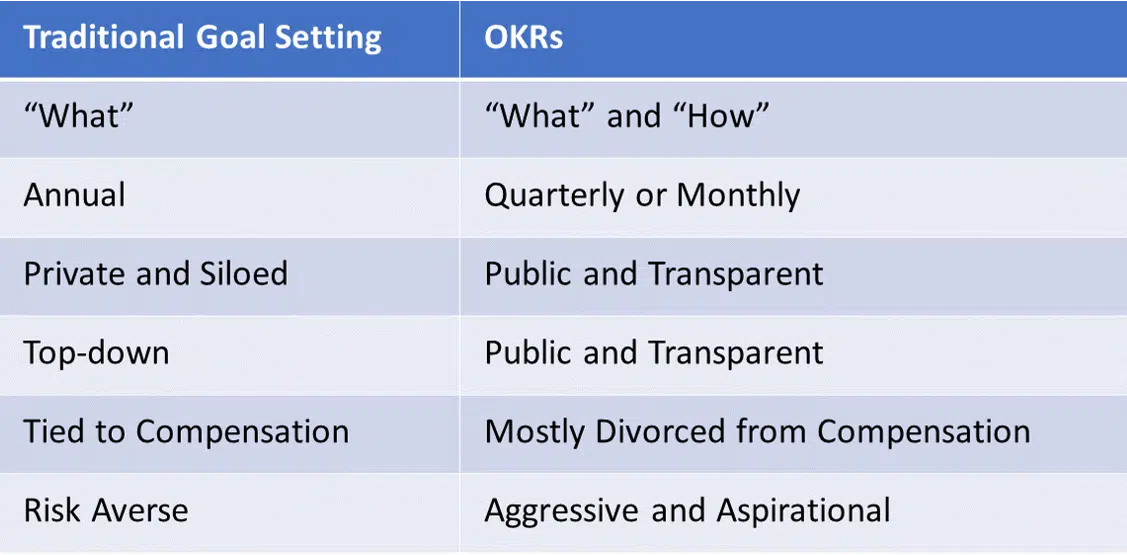
A Few OKR Examples:
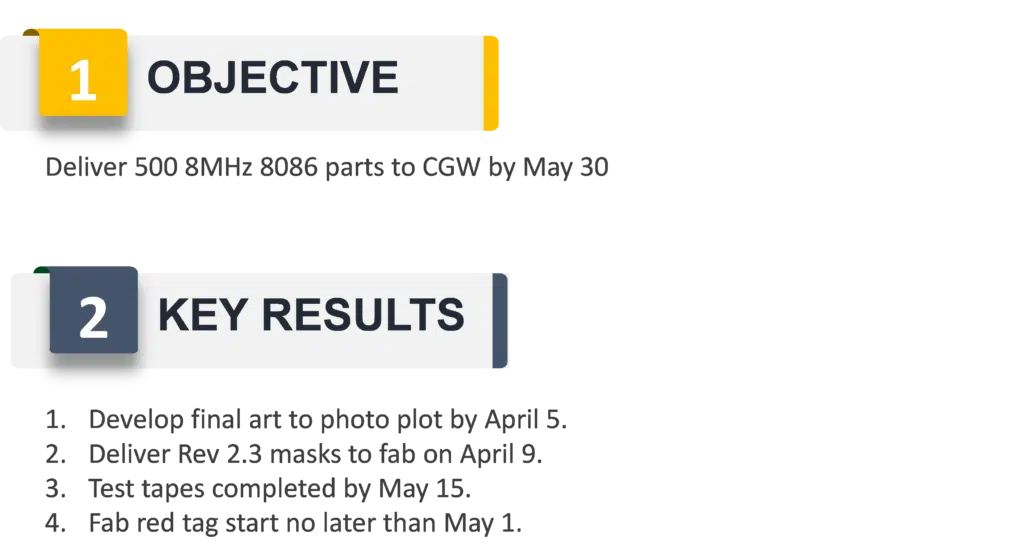
A few OKR Templates
Find more OKR Templates for your reference.
Benefits of OKRs for businesses.
OKRs make it clear and easy for all the organization members to understand their contribution to the company’s success. It effectively aligns the whole team towards a common goal.
Not just this, the OKR framework provides the following benefits:
• Serves as a perfect communication tool between the team and the company.
• OKRs help employees understand the big picture and align with other team members and teams.
• Helps in measuring the progress easily.
• Encourages the teams and individuals to set clear and focused goals.
• OKRs bring accountability among the teams.
Best practices in OKR
1. Divide OKRs into two categories, committed goals, and aspirational (or “stretch”) goals
Committed objectives are tied to Google’s metrics: product releases, bookings, hiring, customers. Management sets them at the company level, employees at the departmental level. In general, these committed objectives— such as sales and revenue goals—are to be achieved in full (100 percent) within a set time frame.
Aspirational objectives reflect bigger-picture, higher-risk, more future-tilting ideas. They originate from any tier and aim to mobilize the entire organization. By definition, they are challenging to achieve. Failures—at an average rate of 40 percent are acceptable.
The relative weighting of these two baskets is a cultural question. It will vary from one organization to the next and from quarter to quarter. Leaders must ask themselves: What type of company do we need to be in the coming year? Agile and daring, crack a new market—or more conservative and operational, to firm up our existing position? Are we in survival mode, or is there cash on hand to bet big for a big reward? What does our business require right now?
2. Watchout for Sandbagging
A team’s committed OKRs should credibly consume most but not all of their available resources. Their committed + aspirational OKRs should credibly consume somewhat more than their available resources.
Set a duration.
3. Do not fall into the trap of BAU OKRs
The trap is “ OKRs are often written principally based on what the team believes it can achieve without changing anything they’re currently doing,
Teams must strive for what the team or its customers really want.
Conclusion
OKRs are powerful goal setting and measurement techniques. Fortunately, many companies have an accumulating body of experience in using this tool. Implementing and measuring this tool has given businesses a powerful boost to achieving their objectives.
As you consider using this tool, take advantage of the best practices and OKR templates available on Slideuplift.
Happy goal setting!
Now you don’t have to scour the web to find out the right templates. Download our PowerPoint Templates from within PowerPoint. See how?

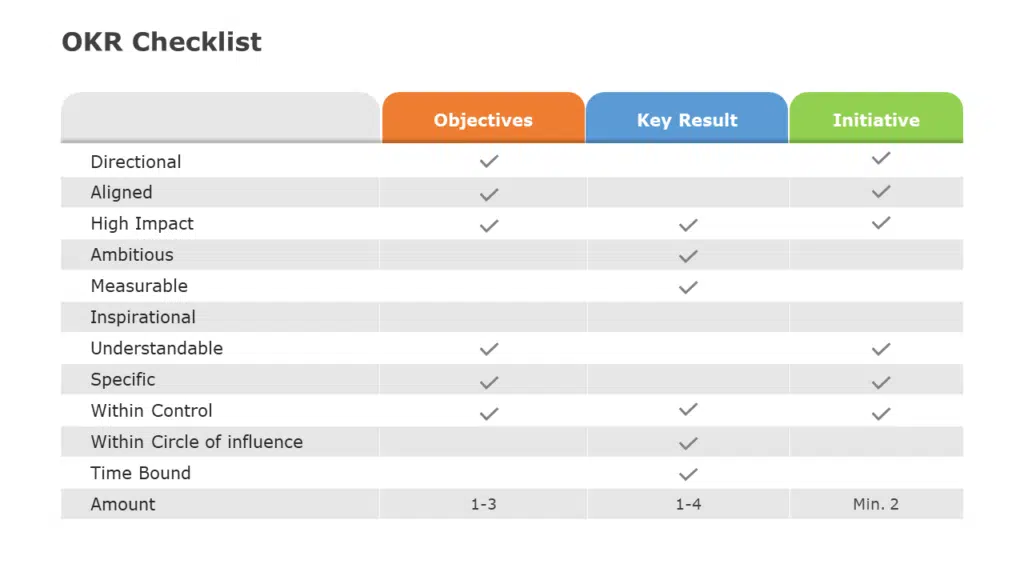
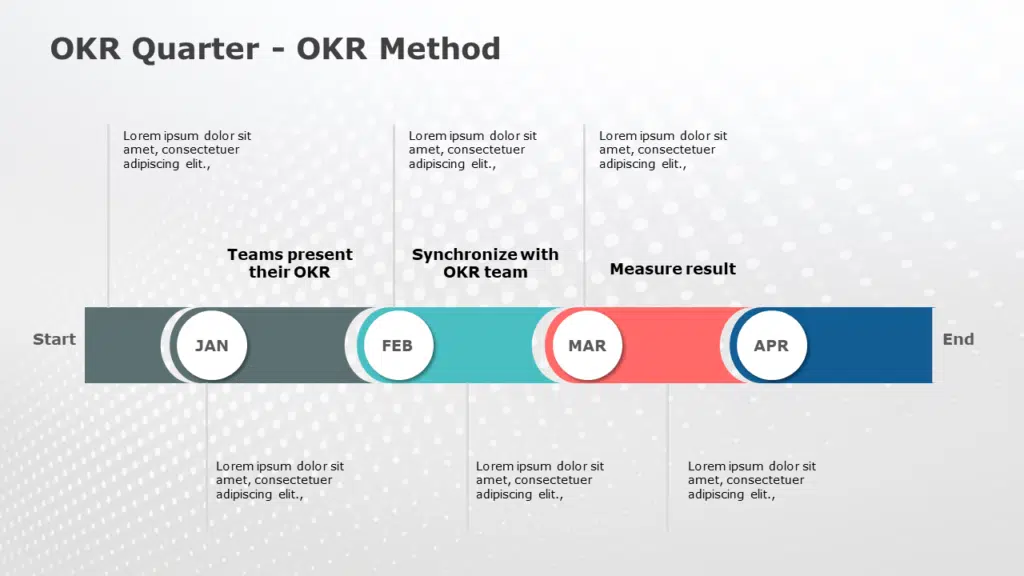
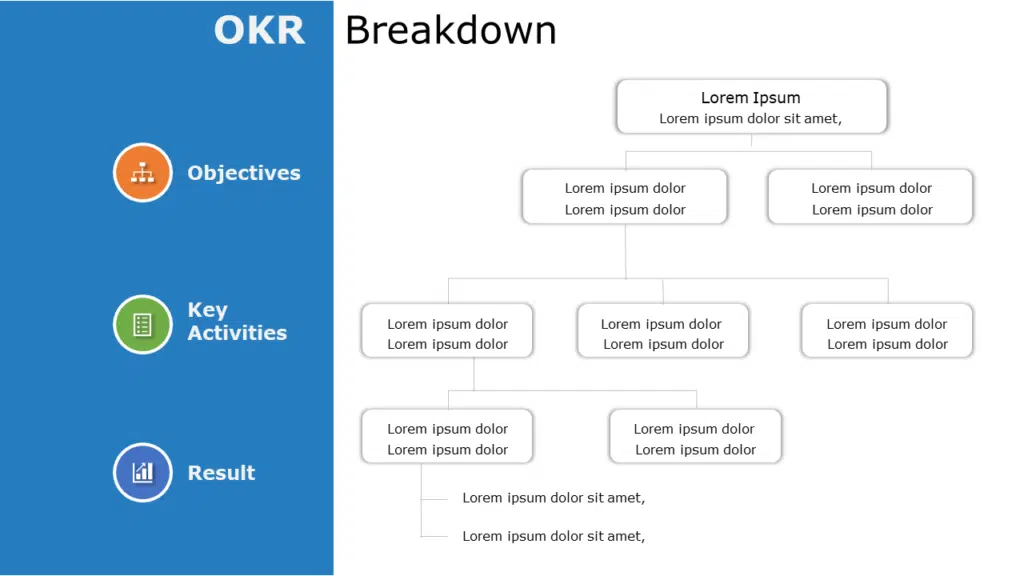
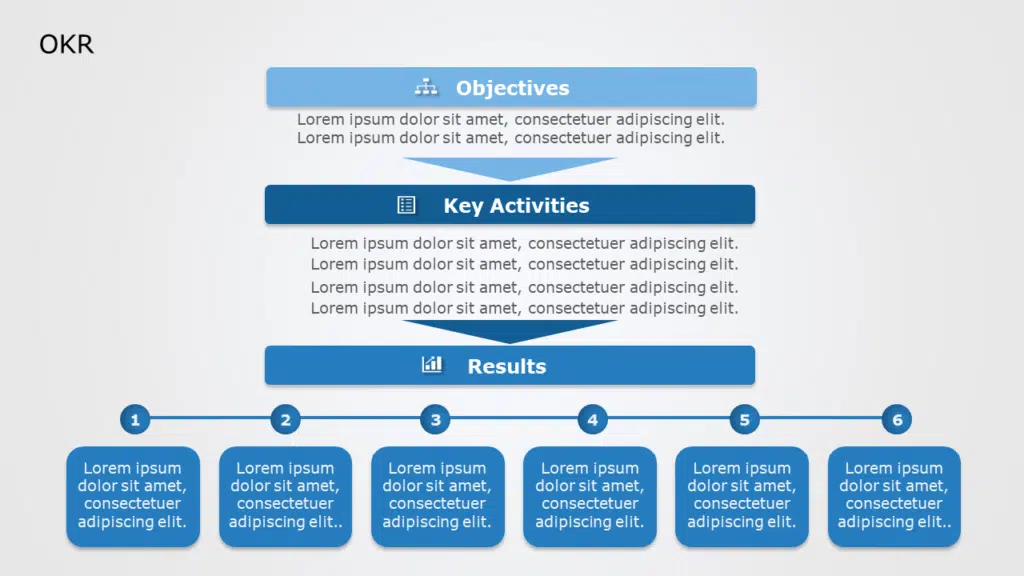

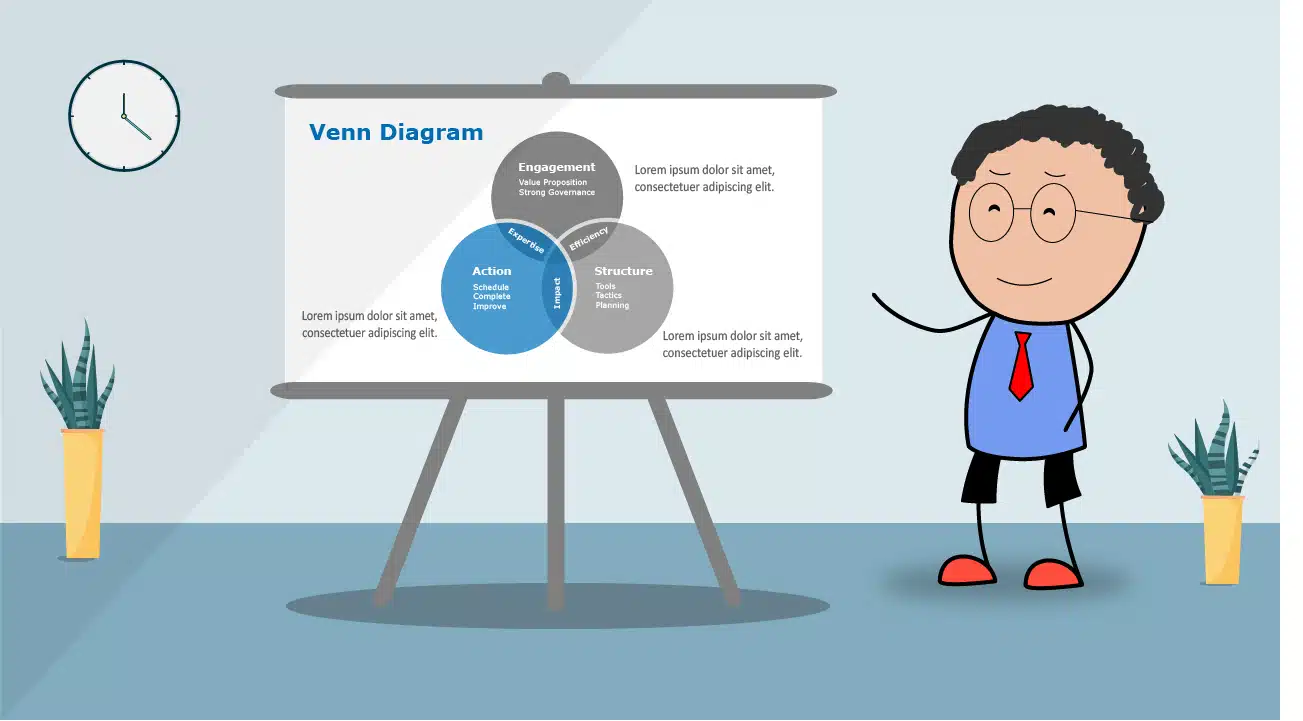 Top Venn Diagram PowerPoint Examples
Top Venn Diagram PowerPoint Examples How To Create A PowerPoint Template
How To Create A PowerPoint Template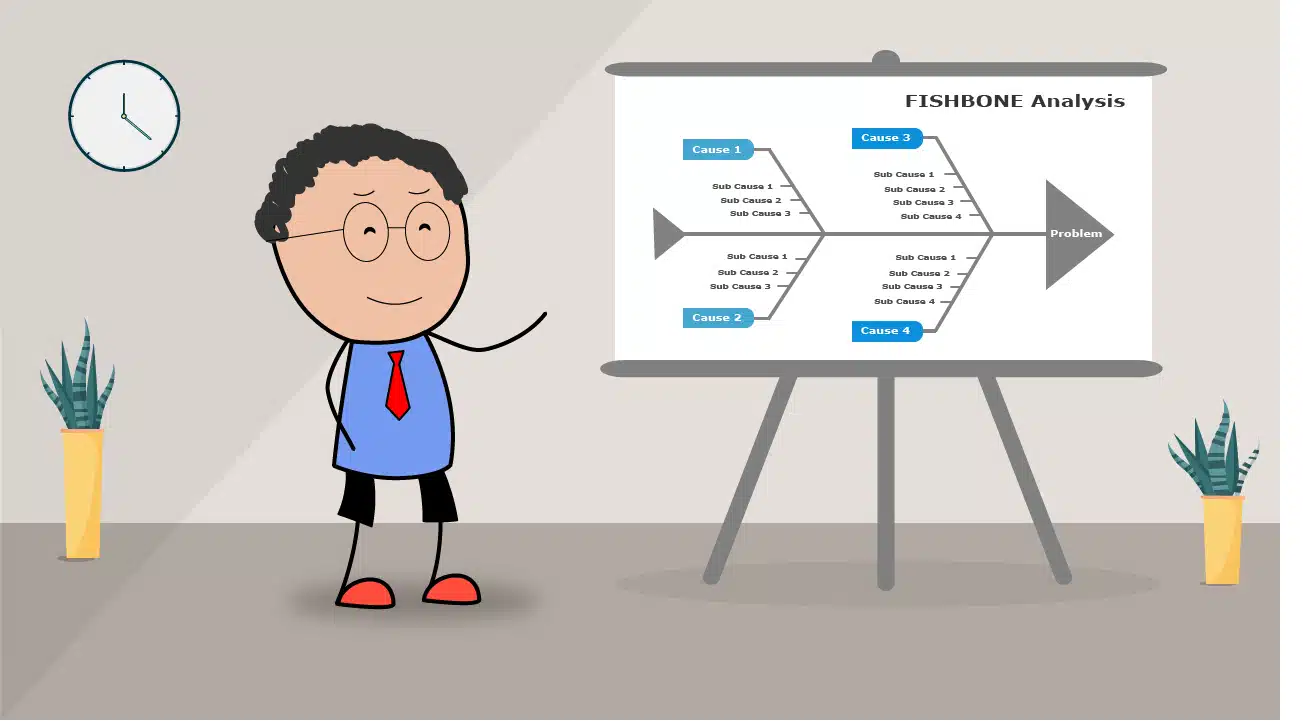 Learn About What is Fishbone Diagram
Learn About What is Fishbone Diagram![How to make a flowchart in google slides How To Make A Flow Chart In Google Slides [Quick Flow Chart Guide]](https://slideuplift.com/wp-content/uploads/2021/11/How-to-make-a-flowchart-in-google-slides.jpg)
![Learn How To Change The Size Of The Slide In Google Slides How To Change Slide Size In Google Slides? [Easy Guide]](https://slideuplift.com/wp-content/uploads/2022/11/Learn-How-To-Change-The-Size-Of-The-Slide-In-Google-Slides.jpg)

![How to create a timeline in powerpoint How To Create A Timeline In PowerPoint And Google Slides? [2024 Guide]](https://slideuplift.com/wp-content/uploads/2021/10/How-to-create-a-timeline-in-powerpoint.jpg)